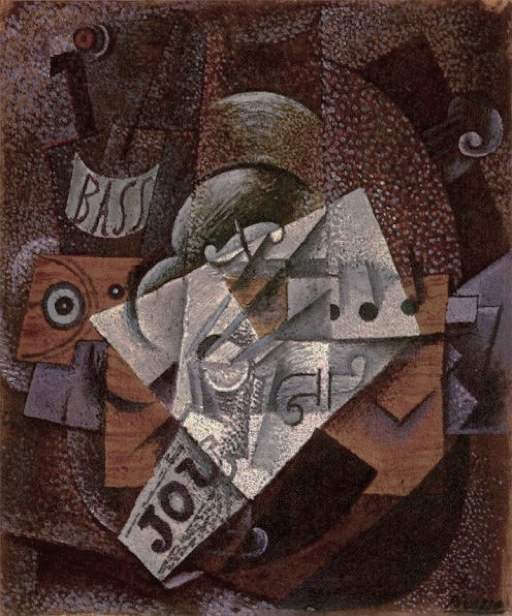Picasso achieved, during his lifetime, single-name status. Like Michelangelo, Rambrandt, and few others, he was commonly known by his surname only, and there was no other comparison in his field.
He is an important artist to know, and to be able to recognize his works, especially since he was so influential in inspiring many abstract fields during the early 20th century (despite not making the full-leap to abstraction himself).

That being said, some people just don’t “get” Picasso-or like his works.
And that’s perfectly fine.
Personally, I struggle with Picasso. In some ways, I admire the man’s work-unlike many other artists, he really explored many different materials, fields, and styles of art. He took big risks, and he showed the world the way he wanted, with little fear of repercussions, even from the Nazis who labeled his work “degenerate.” (Picasso had enough money at that point to paint, but not sell, while France was occupied by Germany during WWII.)
As a person, I find him hard to like at all…a serial womanizer who frequently cheated on his wives, a man who reduced his son to family servant and chauffer, I find I can admire his boldness in art, but I’m glad I didn’t have to know him personally.
Among his works there is usually something for everyone: for the classic-beauty lovers, there’s his Realistic period, early in his life. For the Abstract admirers, there’s his Cubist and Later works. For lovers of Salvador Dali’s melting clocks, there’s Picasso’s “Surrealist” period (Picasso inspired the Surrealist movement, but quickly moved on to other stuff, leaving Dali and those like him to plunge into this style)…so there’s probably something of his that you may like, even if the rest of his 50,000 works leave you saying, “Wha…?!?!?”
If you can see a Picasso in real life at a museum, do try–there is something absolutely incredible in seeing an artist’s brushstrokes and how they handled their materials that can change, or heighten, your appreciation of the works. I saw two of Picasso’s works in the Chicago Institute of Art and marveled (for the thirty seconds I had while my kids whined about getting to go see “real” art) at seeing the brushstrokes that created what, in a book, looked like flat planes of color. The kids calling (and heaven’s knows the last thing I needed was them touching something worth millions!) I moved off Picasso only to gasp, “It’s a Malevich! And over there’s a Lichtenstein! And that’s a massive Henri Rousseau!” (I have no idea at this point if I was honestly that excited, or if I simply enjoyed torturing my kids! )
But we moved on. Their “Scavenger hunts” the museum helped them create were all Impressionist pieces and earlier anyway…and I like those periods too. It was a great day!
But back to Picasso.
The most recognizable Picasso work is probably “Guernica,” once in the United States, now back in the Spain which commissioned it. This work is a famous anti-war piece which has been reproduced in multiple places. If you only ever recognize one Picasso work, this is probably a good one.

Now a word of warning for anyone introducing Picasso to children-a lot of his work is NOT child friendly, and several aspects of his life are not either. Pre-screen anything Picasso related for anything that your children, or your students (or their parents) may find objectionable. In assembling the packet, I tried to choose works that depicted no nudity or objectionable content, but not all art resources will do so. Fair warning!
Enjoy this packet! Love him or hate him, I hope it helps bring Picasso into focus for you!
